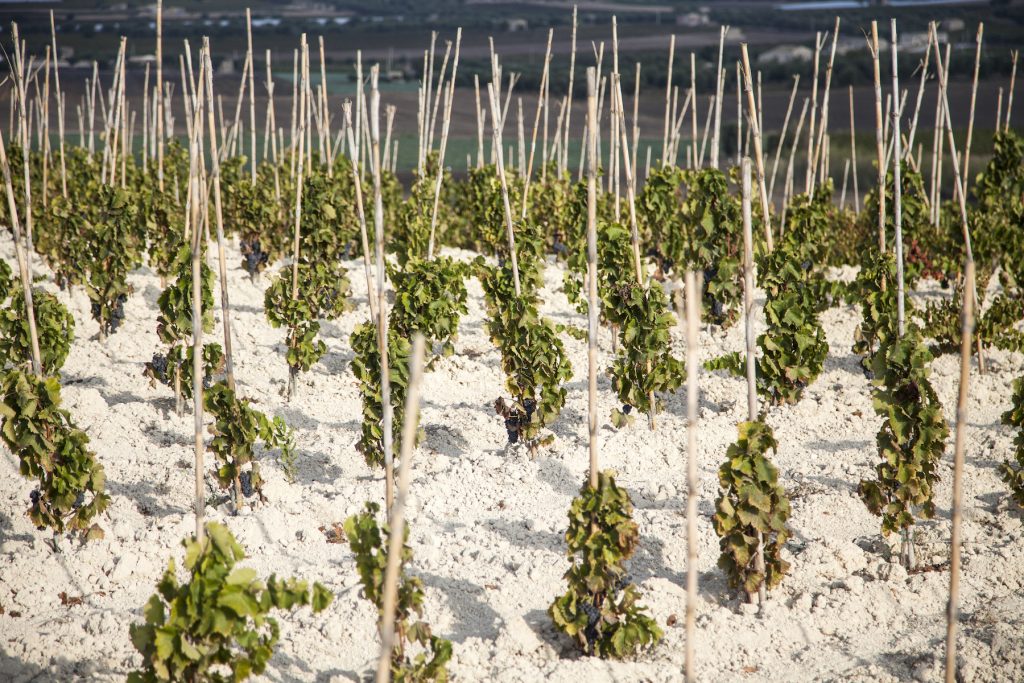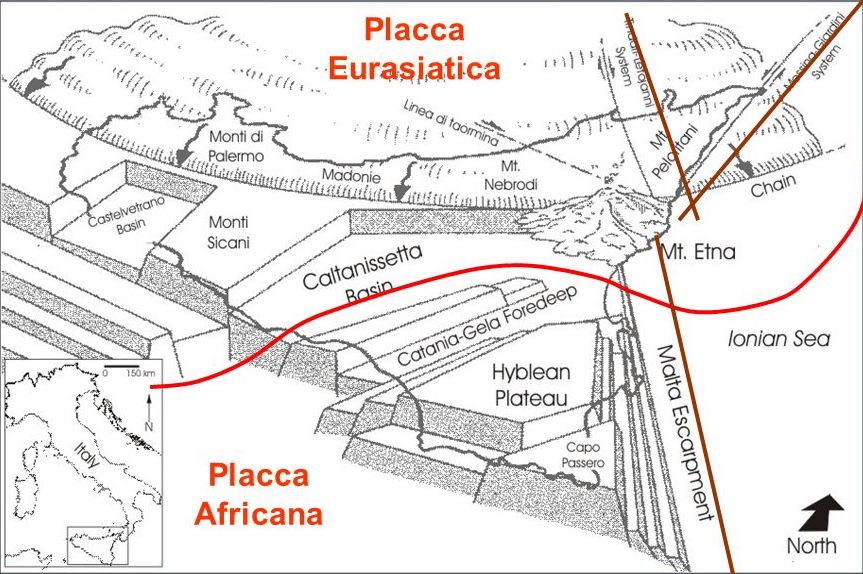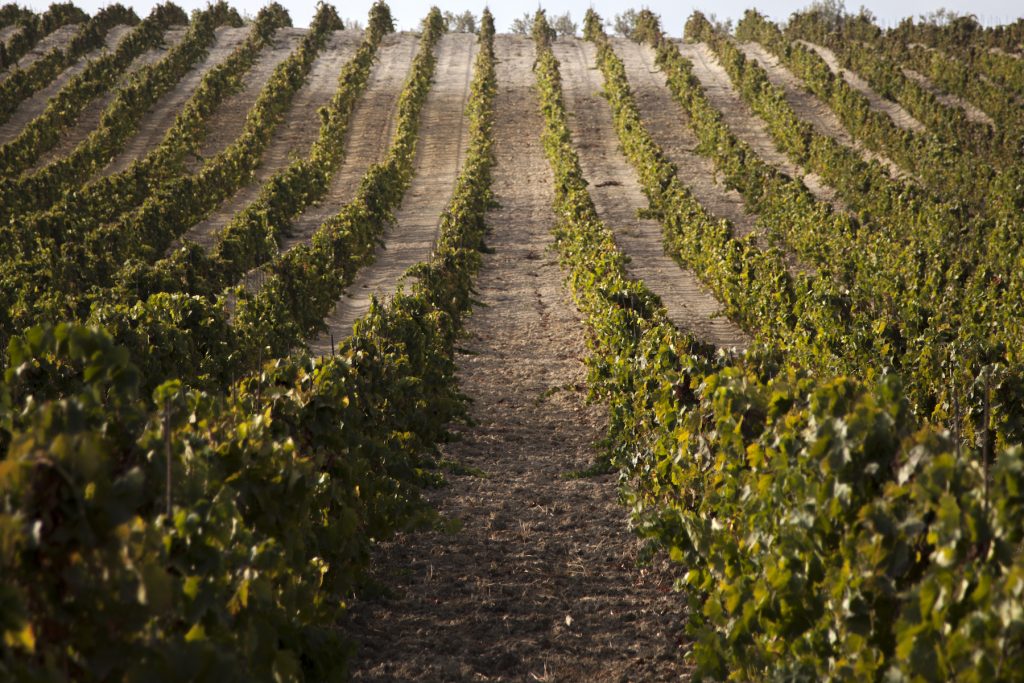Dear friend,
Making quality wine entails multiple skills, such as geological, geographical, meteorological, pedological, agronomic and enological.
In my experience, by letting people with very different competencies taste our wines, I realized that most of the time they concentrate, then, they ask questions above all on the issues concerning the production technique, for instance, if the fermentations are spontaneous, if we used barriques or not, if the wine underwent malolactic, and so on. Instead, it would be nice if not only more attention was paid to the tasting itself, to how the wine behaves in our mouth, but also if a greater curiosity was shown towards what, in my opinion, is really important in outlining the characteristics of a quality wine, that is to say, the characteristics of the place from which the wine comes.
The availability of a specific place to host the vine is called vocation. In addition to the matter of the latitude, it mainly depends on the geographical position of the vineyard (on its height and its exposure), on the climate and the microclimate of that specific place, on the soil and the subsoil on which it is planted.
Talking about latitude is easy: the closer you get to the equator, the warmer the climate becomes. The ideal latitudes for growing wine are between the 30th and 50th parallel north and the 30th and 50th parallel south. In these parts of the globe, the difference between the seasons allows the plant to complete its entire biological cycle.
The vine, and here we get to the heart of the matter, is strongly influenced by the sunlight. Therefore, its geographical position has a huge influence: from the sea to the mountains, from the hills to the plains, there is no place that does not lead to specific characteristics in the wines produced over there, not to mention the exposure of a vineyard.
The climate is closely linked to both geographical position and latitude and is characterized by seasonal temperatures, rainfall and winds, aspects which, every year, give a specific connotation to the harvest.
Soil and subsoil are then crucial elements for the realization of a wine. The vine should not be planted in fertile soils, unlike vegetables, and indeed it is precisely in the most stubborn soils that the vine shows its greatness.
By soil we mean the layer of earth that goes from the surface up to a maximum of one meter in depth. The subsoil, on the other hand, extends up to 10 meters. However, the most important part in terms of nutritional properties is found relatively on the surface, in the first fifty centimeters of the soil. For this reason it is essential that the vine is grown on living soil, not polluted by fertilizers or chemical weeding, rich in the microbiological biodiversity that biodynamic agriculture is able to guarantee.
Deep underground, the roots of the vine arrive, fundamental for the absorption of those minerals (iron, magnesium, zinc, etc.) essential for the plant, important elements which we find in the wine and which influence its gustatory tactility. However, it is more than that, the deepest part of the soil is also important for water management: in arid areas like ours the presence of humus (biodynamic preparations amplify the presence of stable humus in the soil) helps with its vitality to absorb, hold and release water.

Latitude, geographical position, climate, soil and subsoil together with everything that has to do with the man’s practices, his culture and traditions, determine the notorious “terroir”.
The peculiarity of a wine lies in letting its origin be recognised, the land from which it derives and the oenological practices which have witnessed its coming to life. This is our purpose when we think of our wines, because we want to show the typicality of our vineyards, which are located in one of the most suitable areas for “Nero d’Avola” and “Moscato di Noto”, these are places where aromas and flavors, which the wines take on them, have an identity that is unique in their kind.
Our vineyards extend over the African plate and from a geological point of view they are located on four distinct areas, three of them belonging to the Pliocene (which began over 5 million years ago) and a more recent one which is the result of floods dating back to the Holocene, the current geological epoch. The compositions of our soils are mainly of calcareous nature characterized by both marls and clays in a mosaic that also changes radically at a distance of a few tens of meters.

In particular, four are the soils which we find around our cellar in Contrada Buonivini. Each of them gives the wines different characteristics.
- Terra niura: they are deep soils of dark clay of an alluvial nature, “Nero d’Avola” wines, which are made here, are very fruity, at times with slender structure. On the contrary, “Moscato” wines have less aromaticity and more body.
- Terra palomina: they are calcareous soils of gray hue, they have about half a meter of earth characterized by an abundant presence of skeleton and a subsoil composed exclusively of rocks. On these lands we only grow “Nero d’Avola” wine and we obtain spicy, fresh, taut wines.
- Terra a crita: they are soils of yellowish calcareous marl, where, due to drought, the strong presence of clay causes these to crack. These are soils that require more processing and from which we obtain full-bodied, dense and complex “Nero d’Avola” wines and fatter “Moscato” wine, with less freshness and an important structure.
- Terra ianca: they are calcareous, white soils with a very fine texture. Poor soils but with high water retention, from which we obtain “Nero d’Avola” wines with more minerality, fruit and freshness. “Moscato” wines have a good structure, an excellent aroma and a savory freshness.

Each vine has different climatic, pedological and exposure needs. The Saharan Scirocco wind, a hot African wind blowing from the south, in our area runs the risk of conferring some cooked aromas to the grape, by raising the sugar ripeness even before completing the phenolic one. To obtain homogeneous and balanced ripening, we planted all the “Nero d’Avola” plots with east and north exposures: to the east the vineyards take the first sunlight from the morning after the night reverberation; the ones exposed to the north are the coolest, the most protected from the Scirocco wind. “Moscato” wine prefers warmth to increase the aromaticity and complexity of aromas: the exposure to the West allows it to welcome the last sunlight of the day, the warmest, without exceeding the cooking times that could have happened instead with a southern exposure. Some plots of “Moscato” are finally exposed to the North-West in order to obtain a part of grapes with greater freshness.
During these years, we have done a great deal of research on the study of soils, the influence of exposures and on vine growing systems. We vinified the many parcels present in our farm separately, in order to understand in detail the territory, the characteristics and the potential of each plot.
The passion, the enthusiasm and the energy that we put into this project of parcelling gave us the opportunity to have a clearer vision of Contrada Buonivini and allowed us to outline two different styles of wines which are obtained thanks to our different soils: elegant, taut and mineral wines, with an excellent drinkability, are those coming from calcareous soils; wines with a dense texture, powerful, of great aromatic richness are the ones coming from clayey soils.
See you soon.
Pierpaolo Messina
